The morning broke cold, wet, and gray.....
Normally.......not a big deal.....
HOWEVER, because today was the date I had selected back in December 2011 for the first annual Advanced Ecology Lab Herptile Field Trip......"cold", "wet", and/or "gray" were things I had fretted about for this trip since January.
It's been beautiful for much of the spring here. We also had beautiful weather yesterday....and are supposed to have beautiful weather for the days to come. So why the weather picked TODAY to be cold and rainy is beyond me!
But, the vans were reserved, the date was picked months ago, and there was no turning back at this point.
So we had to make the best of it.
And we did!
Anyone who read this blog last summer knows that I'm cold-blooded at heart, and I love herptiles....particularly snakes. So, I had planned this trip to coincide with what is (usually) a good time of the year to see snakes at some sites I spent alot of time on during my dissertation. So I came up with a trip centered around the opposite side of the state from where we are located. Over there, the landscape (topography and major habitats) have had a different geologic past than the rest of the state. Lots of topographic releif.....much more xeric conditions....lots of sand. The entire area is either in a current (or ancient, in some cases) river floodplain. In our state's geologic past, an ancient glacial lake drained through the area as a large river that meandered back and forth across the plain, depositing this sand throughout the region as it went. As a result there are exposed rock cliffs (eroded down by the river many, many years ago), and lots of sandy prairie in the old river bed.
This unique pre-history means there are a much different host of plant species found there compared to where the university I work at is located. Furthermore, the reptile species found there are different than where we live several hours away.
We were also fortunate enough to have a good friend of mine come along with us on the trip. He worked many years for our state regulatory agency, in the endangered resources division as the cold-blooded specialist. So under his purview were amphibians, reptiles, non-game fish, and invertebrates that were protected in the state. He gave the students some nice background information on the history of the sites, the difficulties associated with managment of the habitat (and species therein), as well as discuss the difficult situations that arise when mitigating problems that occur when humans and wildlife don't have the same agendas! A good thing for any up and coming wildlife biologists to note....and as my friend said today repeatedly....wildlife management, regulation and protection often involves a significant amount of human management. It involves learning to deal with personalities, learning to resolve conflict, and working to educate folks who don't care about, or don't like wildlife (and often blame state regulatory agencies for their troubles).
The first site we visited was a large river floodplain forest. Great for amphibians under warmer conditions. But also a good place to learn some history about the habitat managment that has occurred on-site, and for the students to hear about the nitty-gritty of what types of considerations are neccessary when managing habitat and/or species.
Of course, despite the cold, it wouldn't be right if we didn't spend some time in the woods rolling logs for amphibians.
This took alittle coaxing.......
....but in the end, everything turned out fine....
In fact, the other critter we came across (the blue-spotted salamander, Ambystoma laterale) was handled with slightly less trepidation....
This was a site I was really hoping would produce snakes, but was doubtful given the cold. There are several snakes that are protected by the state on-site...and one turtle (the ornate box turtle, Terrapene ornata) that is listed as endangered.
Unfortunately, this site has been hit hard in decades past by "herp enthusiasts" and collectors....who in the 70s and 80s cleaned house on the populations of these rare reptiles, setting their populations back severely. Surprisingly, collecting on-site can still be a problem (why folks want to keep these critters as pets rather than just enjoy them in the outdoors, is beyond me...but whatever). So we tried to really make this point hit-home with the students. The site is special, and so are the species that live there!
With the very bizarre weather we've had this spring (hot early on, and now relatively cool) I didn't know how the spring flowers on the prairie would react. Luckily, many of my favorites were still in bloom when we arrived.
Including, the Birdfoot Violet (Viola predata).....
First was a deer carcass....
I asked the student to stick his head inside the entrance to this coyote (Canis latrans) den for scale. I was pleased to see he was smart enough to mostly decline. :)
...a secondary entrance just down the ways on the same earth/sand berm....
Can't say for certain that the 'yotes had actually killed this deer. There was good evidence that it was a carcass that had been dumped nearby by a hunter...and the 'yotes had just drug it closer to the den for easy pickings.
Below is a mound created by the sub-terranean activities of the pocket gopher (Geomys bursarius).
There were also grassland bird species on nests already. Once they flush, it's relatively easy to find the nest. A Mourning Dove nest below....
This program has been running for over a decade in the state, and it's encouraging to randomly find head-started juveniles from years past.....which suggests the program may be paying off!
We had a fun day.
Next year, maybe we'll have better luck with the snakes!
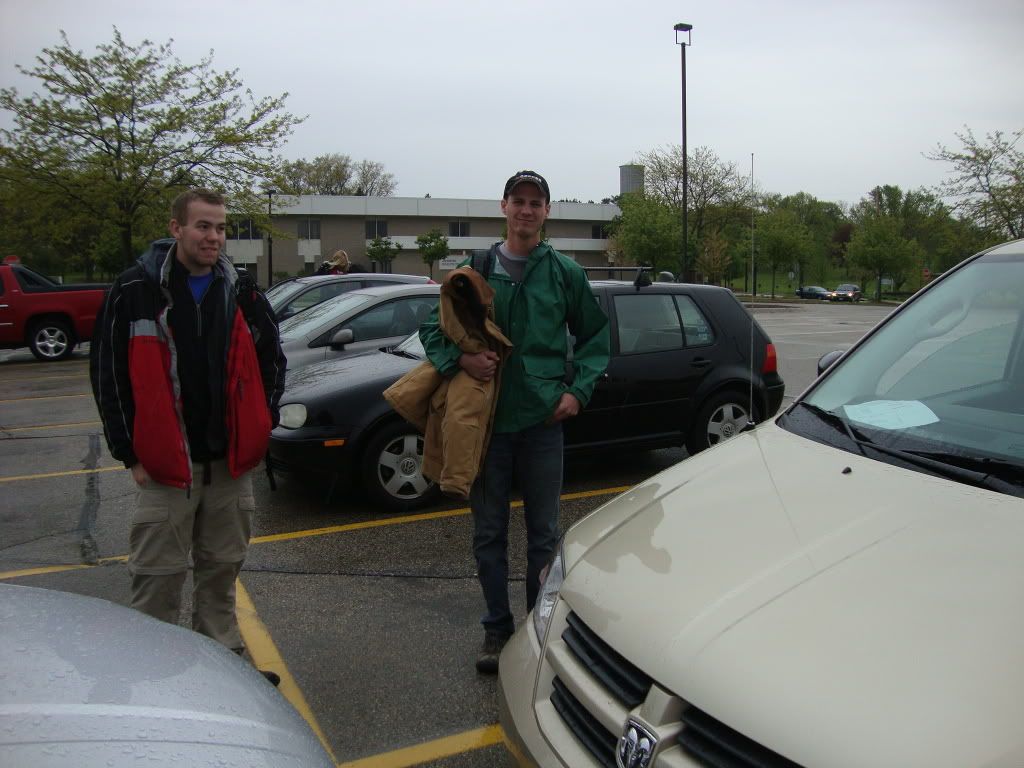


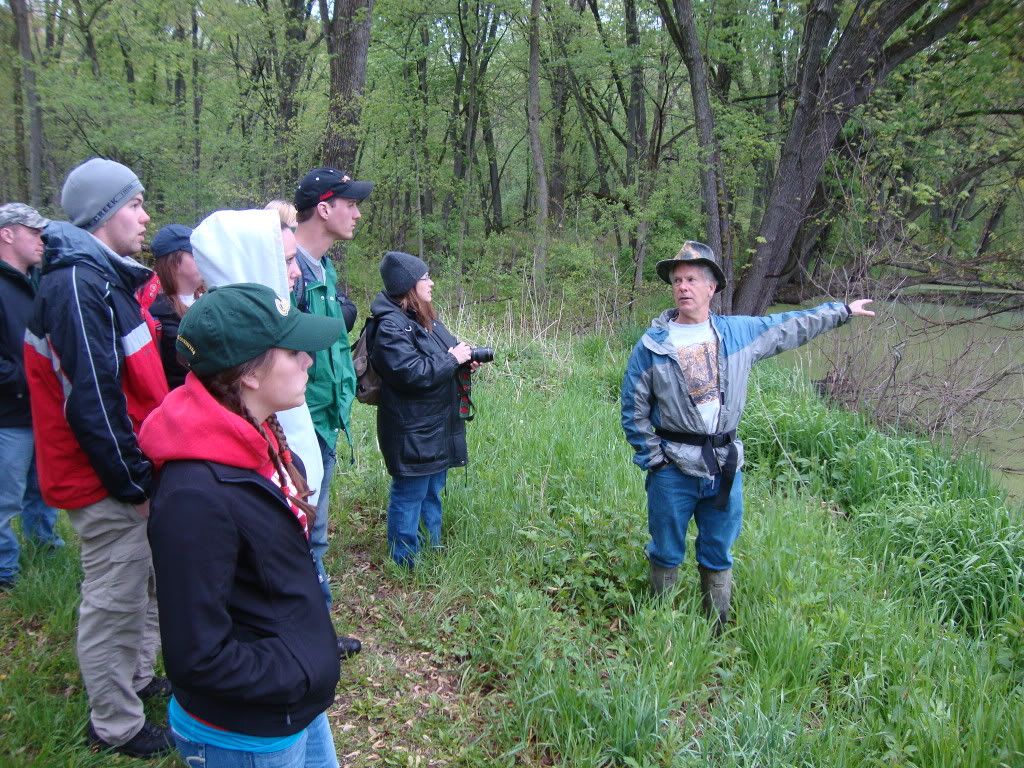


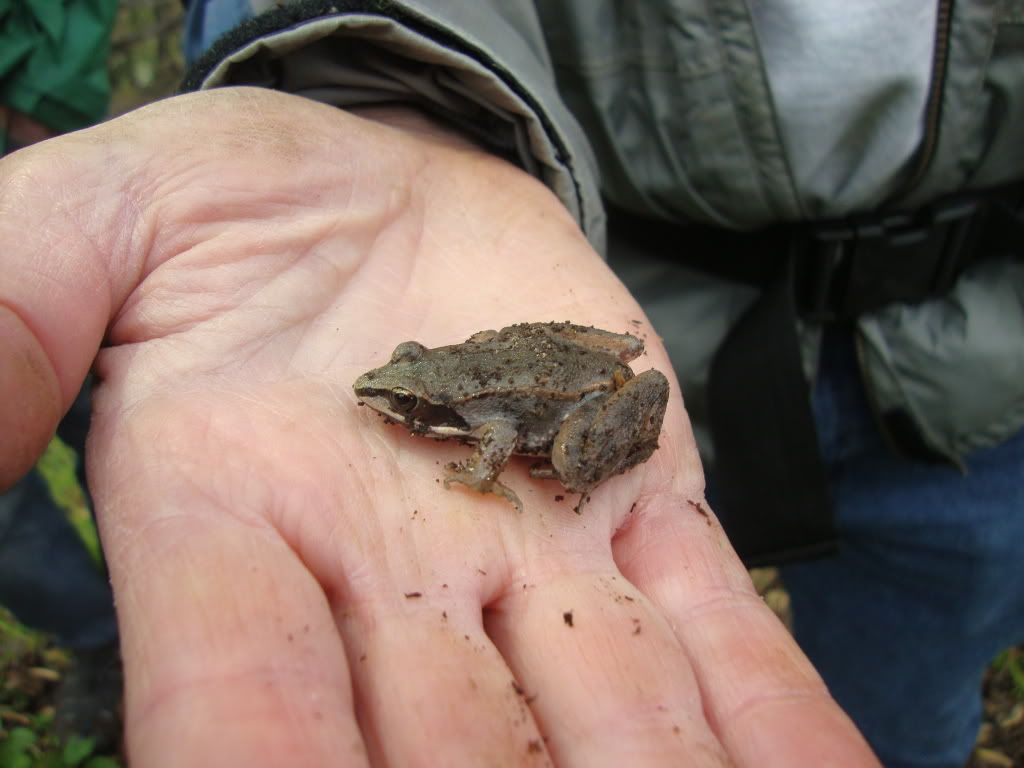
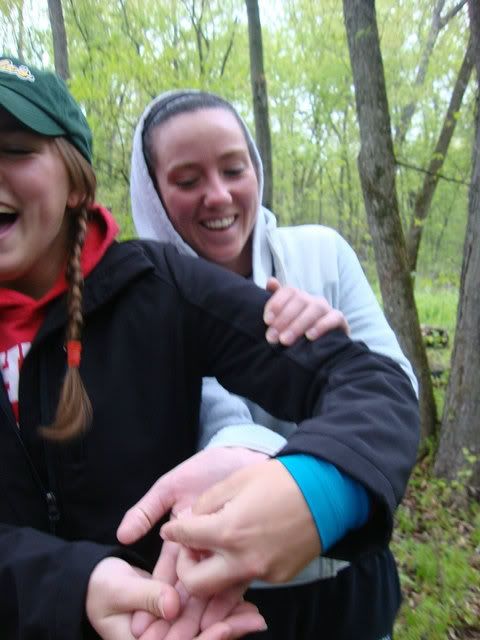

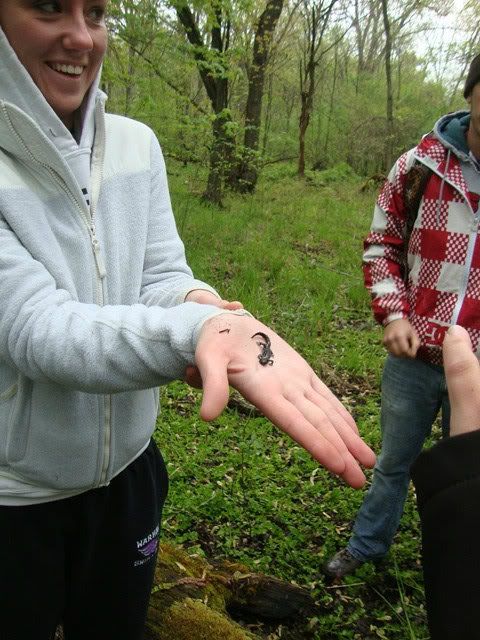



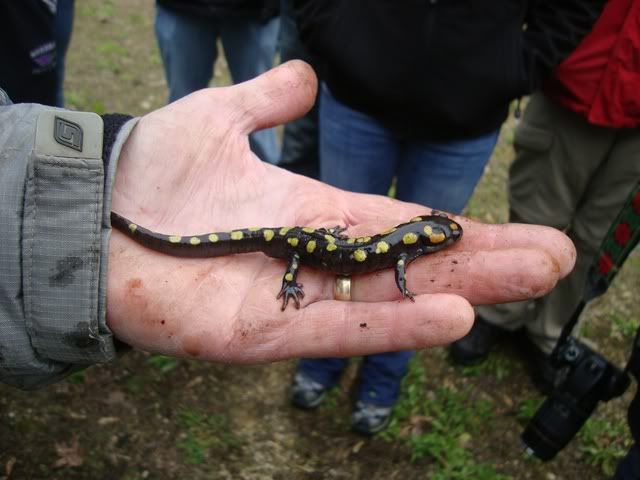
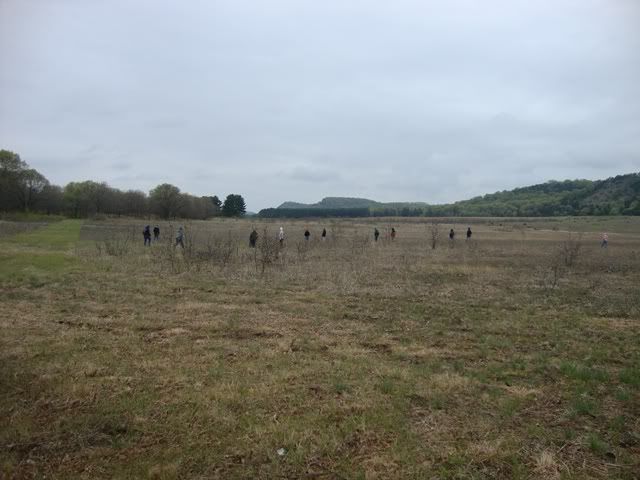

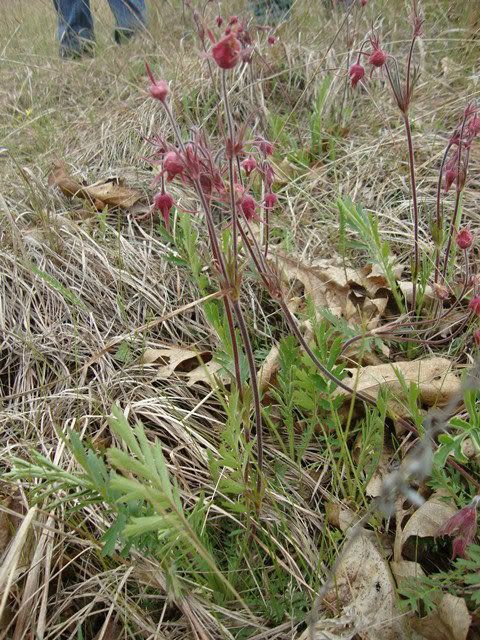

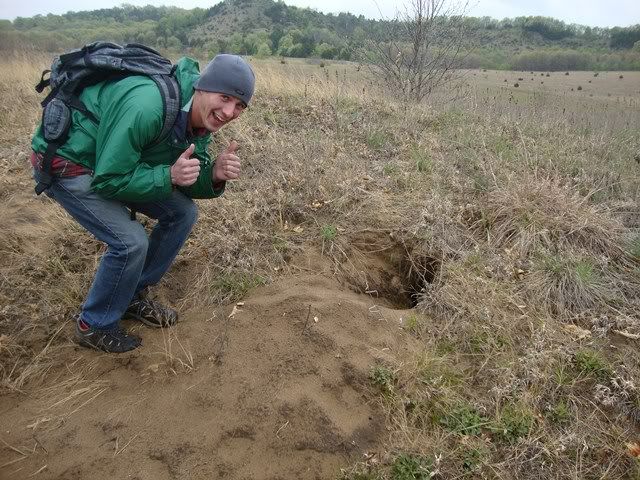
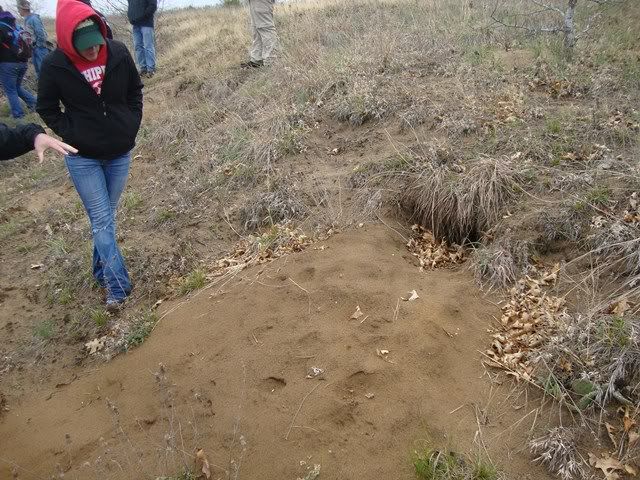
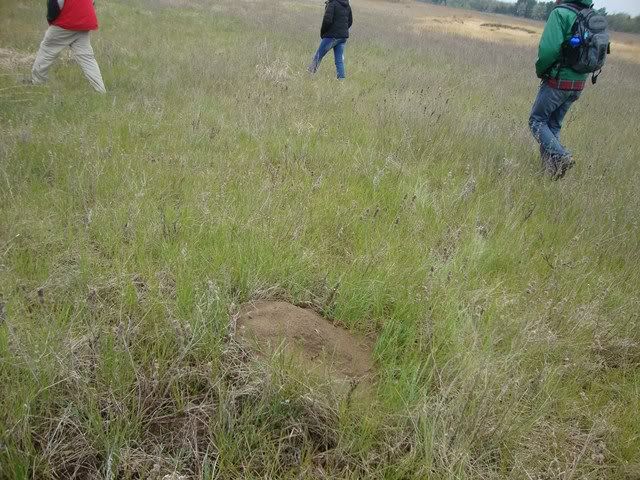



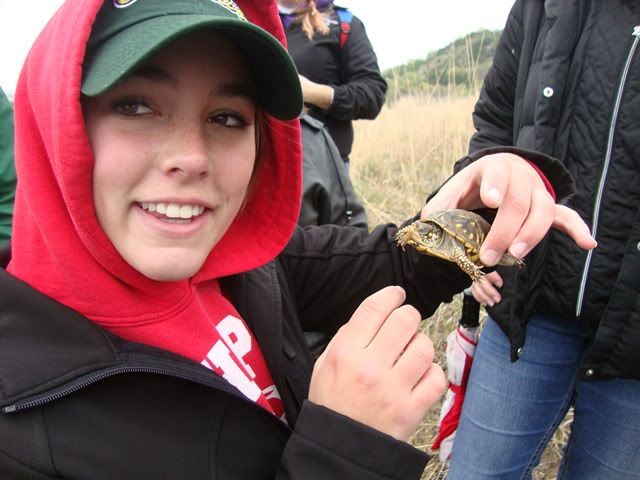
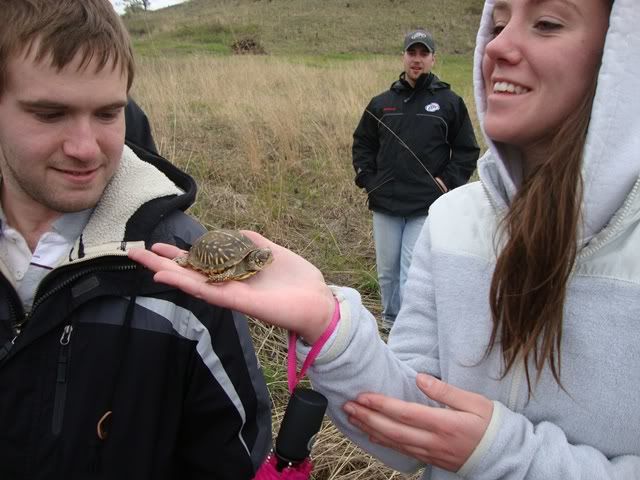
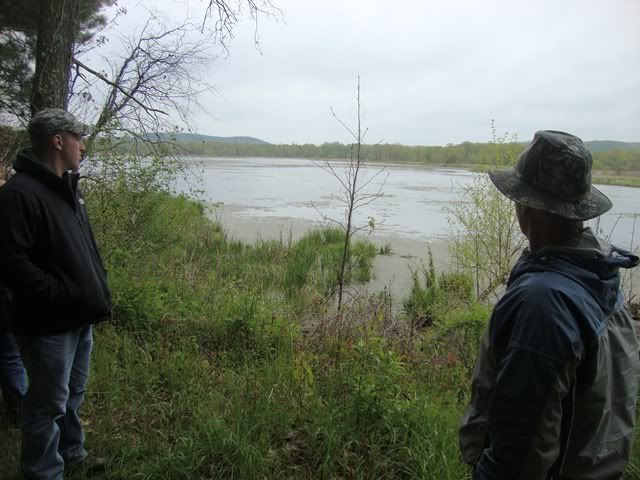
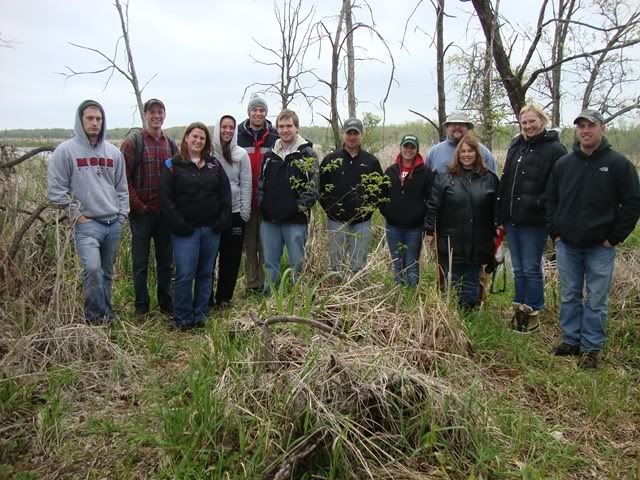
Looks like a fun trip, and similar to the ones we take with our classes! All spring we've been above average temps and sunshine, and this weekend I went camping (for a class, been planned since last semester) and it was in the 20's and snowing! Oh well... :) That tiger salamander is cool, not sure we have them here.
ReplyDelete